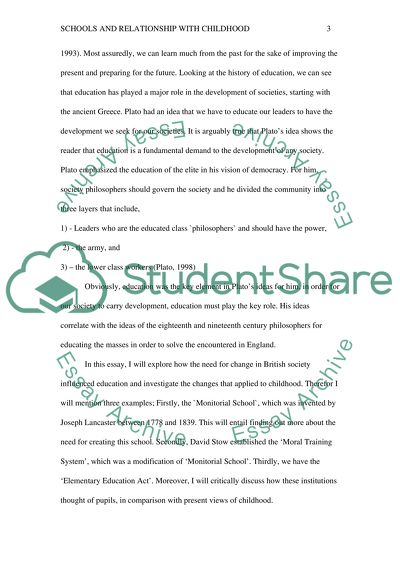Cite this document
(“Schools and Relationship with Childhood Essay Example | Topics and Well Written Essays - 2250 words”, n.d.)
Retrieved from https://studentshare.org/education/1402645-schools-and-relationship-with-childhood
Retrieved from https://studentshare.org/education/1402645-schools-and-relationship-with-childhood
(Schools and Relationship With Childhood Essay Example | Topics and Well Written Essays - 2250 Words)
https://studentshare.org/education/1402645-schools-and-relationship-with-childhood.
https://studentshare.org/education/1402645-schools-and-relationship-with-childhood.
“Schools and Relationship With Childhood Essay Example | Topics and Well Written Essays - 2250 Words”, n.d. https://studentshare.org/education/1402645-schools-and-relationship-with-childhood.


